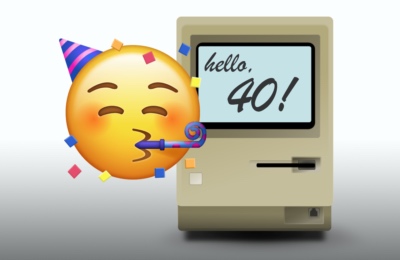Apple
Posted on
by
Kirk McElhearn
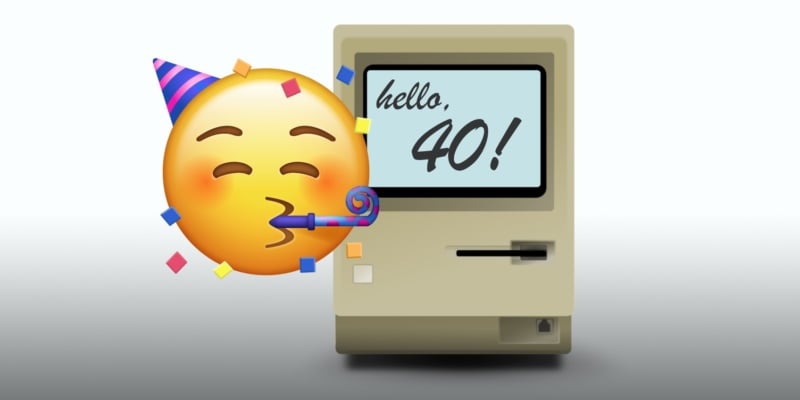
The Macintosh computer turns 40 years old today, January 24, 2024. What was once an outlier in the personal computing space has become a ubiquitous computer, manufactured by the world’s most valuable company. While Apple became successful through its mobile products, the iPod and iPhone, the Macintosh has been the company’s emblematic computing device for four decades.
As we celebrate this significant anniversary, let’s reflect on ten of the most important milestones in the history of the Mac.
128K Mac — January 1984
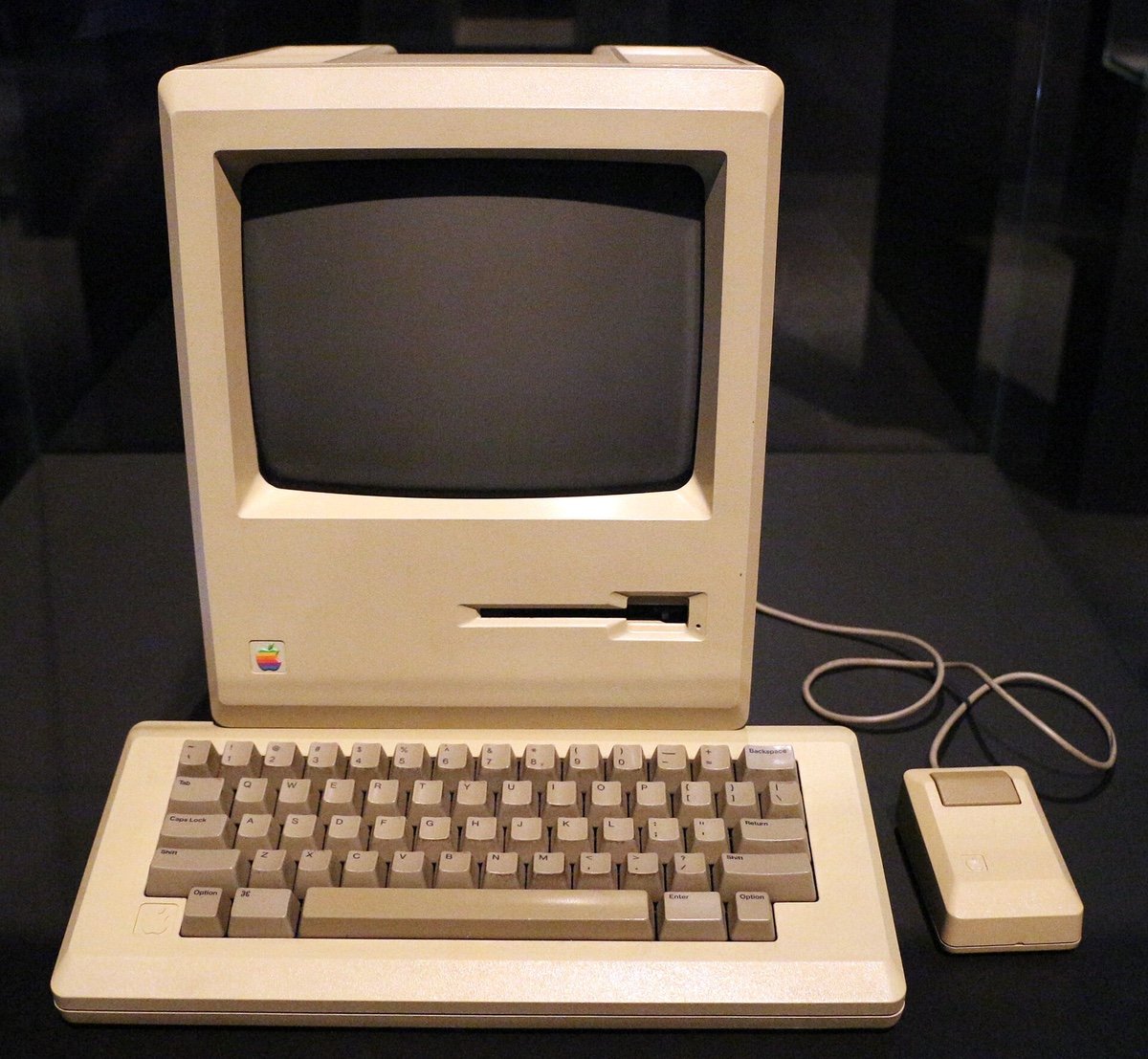
During the third quarter of Super Bowl XVIII, viewers saw a 60-second ad for the new Macintosh computer, the 128K Mac, with the line, “On January 24th, Apple Computer will introduce Macintosh. And you’ll see why 1984 won’t be like 1984.” This Ridley Scott directed ad, only broadcast once nationally, established Apple as an up-and-coming company taking on IBM’s lead in the personal computing market.
The iconic all-in-one design of the first Macintosh was innovative, and this Mac sold for $2,495, one-fourth of the price of the Lisa, released a year earlier. The first Macintosh set Apple on the trajectory of becoming one of the biggest players in personal computing.
128K stood for the amount of RAM in the computer; today’s Macs come with at least 62,500 times that amount of memory.
System 7 — May 1991
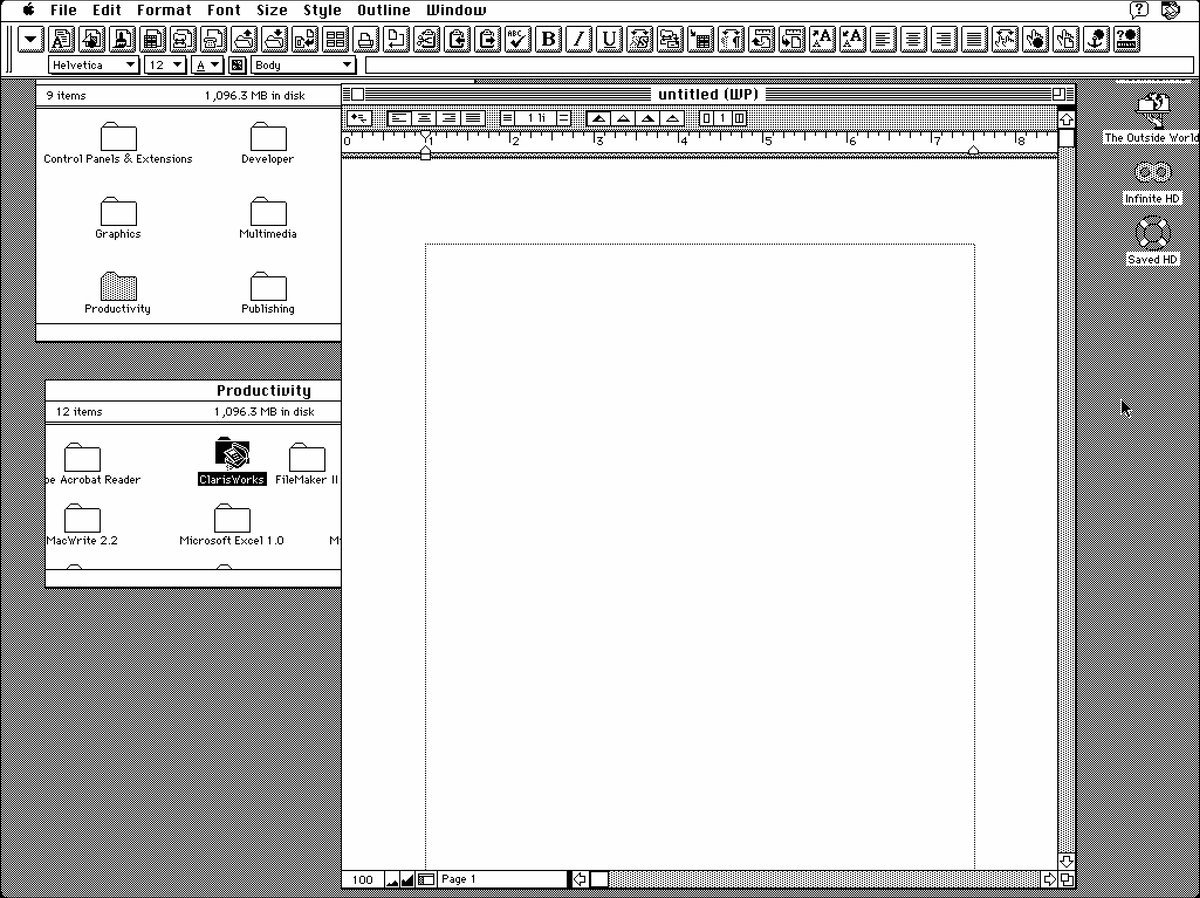
Apple’s System 7 was a big improvement of the operating systems that the company had used since the first Macintosh computers. It had MultiFinder, so you could run more than one app at a time, and also featured virtual memory and personal file sharing. Under the hood, it was the first OS to include Apple Events, “a kind of interprocess message,” which are still used today in AppleScript.
System 7 was the last version of Classic MacOS that was free; from System 7.1 on, Apple charged users for upgrades to its operating system. The company would stop charging for operating systems in 2013 with Mac OS X 10.9 Mavericks, which was a free upgrade via the Mac App Store.
Today, you can run System 7 in a web browser, along with other old versions of Apple operating systems, on the Infinite Mac website.
PowerBook — October 1991
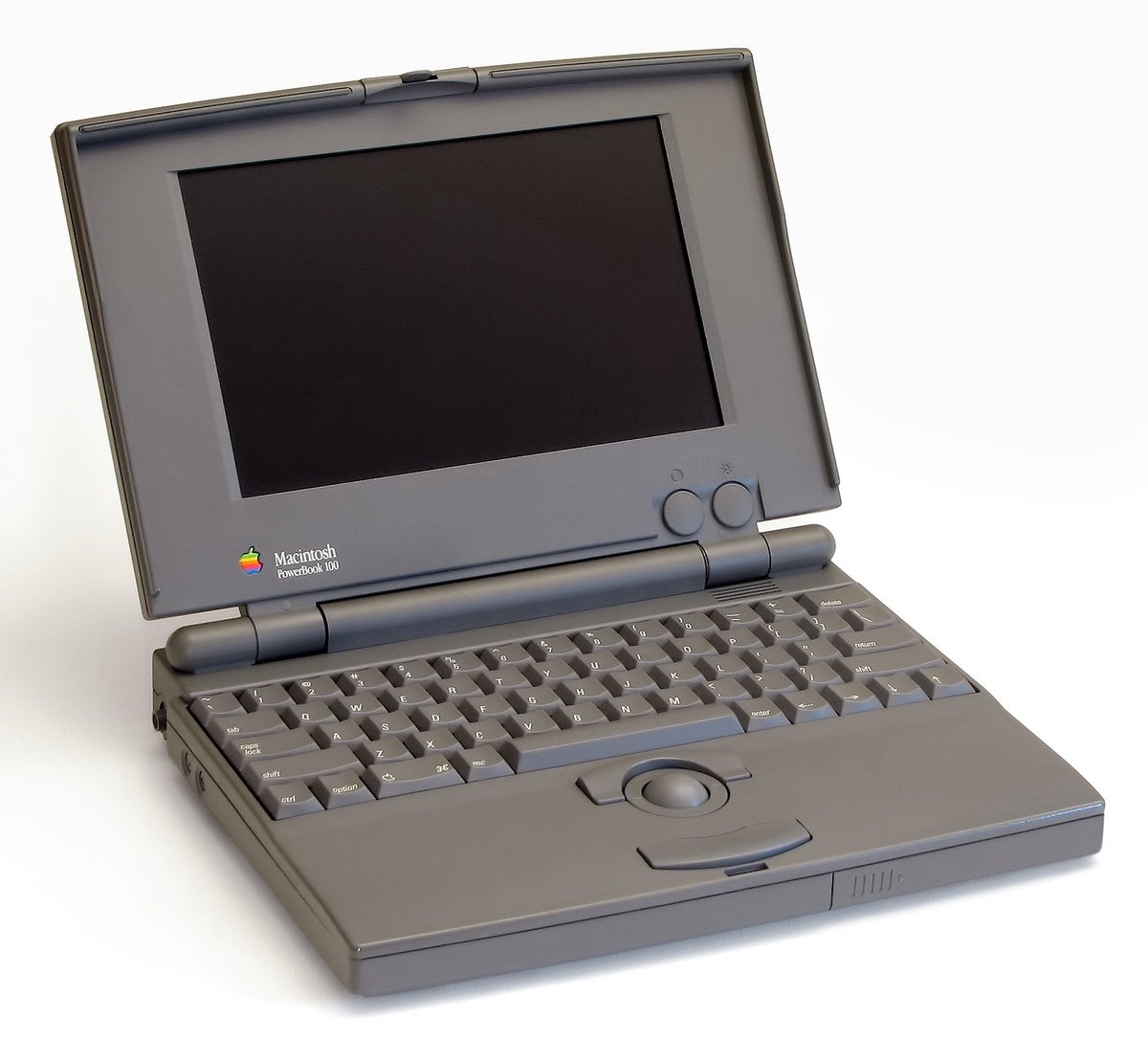
When Apple released the first PowerBook models, they were full of innovations in portable computing. The previous Macintosh Portable, released in 1989, weighed 16 lb., or 7.3 kg. That’s nearly twice as heavy as today’s iMac.
With their dark gray cases and built-in trackballs positioned in front of the keyboard, offering space to rest your wrists, these laptops were very different from other portable computers. The PowerBook 100 had an external floppy disk drive, making it even lighter, at 5 lb., or 2.3 kg. The PowerBook product line would continue for 15 years, through 2006, when the MacBook Pro was introduced. (The shift away from the PowerBook moniker was in line with Apple’s switch from PowerPC processors to Apple silicon, which we’ll cover later.)
PowerPC processors — March 1994
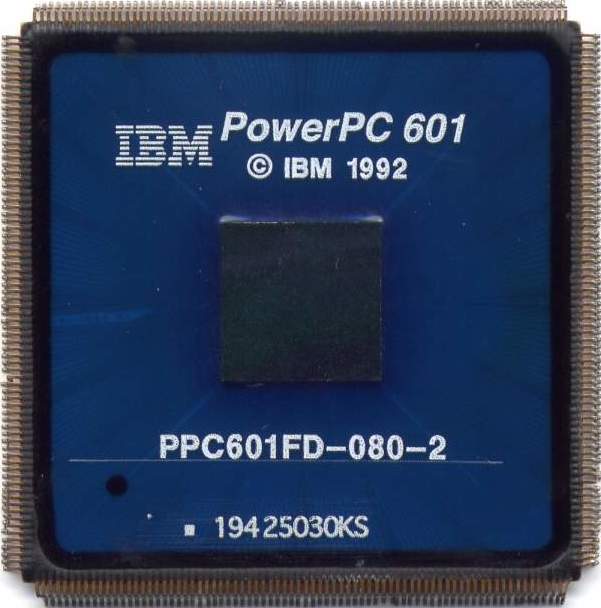
Unlike most personal computer manufacturers, Apple has switched processors several times over the years. Initially using Motorola processors, the company switched to the PowerPC in 1994. This was a reduced instruction set computer (RISC) processor, which improved the speed of computers. Designed by an alliance of Apple, IBM, and Motorola, the PowerPC processor was used in a wide range of computers.
Apple debuted this processor in its Power Macintosh 6100, 7100, and 8100 models, and the Power Macintosh line would continue through 2006, with the name changing to Power Mac in 1999, with the G4 model. The last Power Mac was the G5, with a “cheese grater” design. Apple sold the Power Mac G5 from 2003 through 2006. Its form factor, however, has been around for 20 years, altered slightly in today’s Mac Pro.
iMac — August 1998

The computer that Apple is best known for is the iMac. Following the return of Steve Jobs to Apple in 1997, the iMac was designed to be a friendly, non-threatening computer. Its teardrop shape, translucent case, and bright colors set Apple computers apart from the boring beige boxes that were standard. (The first models beginning in May 1998 were available in “Bondi blue,” but in January 1999, Apple released “five flavors” of iMacs, followed by more color variants on future models.)
A handle on the top of the iMac was meant to make the computer feel more friendly, and show that it wasn’t designed to be stuck on a desk. Its all-in-one nature and handle-on-top design made the iMac a futuristic throwback to the original 128K Macintosh. Many PC manufacturers—and other consumer product designers—rushed to add colorful translucent plastics to their wares as well.
The iMac was also the first Apple product to bear Jony Ive’s design. He came up with the idea for the translucent case, and his distinctive designs would be on all Apple products for the following two decades.
The iMac switched to a flat screen in 2002 and remains the cornerstone of Apple’s desktop product line.
Mac OS X — March 2001
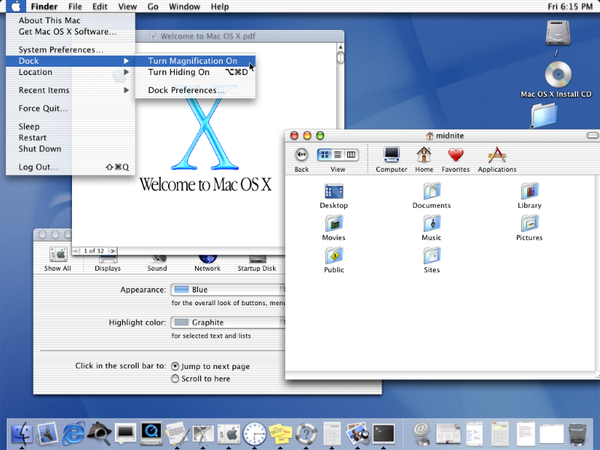
Mac OS X was the biggest change in Apple’s operating system since the advent of the Mac. This Unix-based operating system had its origin at NeXT, the company that Steve Jobs founded after leaving Apple in 1985. Apple had launched several projects in the 1990s to develop a more modern operating system than classic Mac OS, including projects code-named Taligent, Copland, and Gershwin, but none of them led to any shipping software.
The company decided to purchase NeXT in 1997, to use its NeXTSTEP operating system as the base of the new Mac OS, and Steve Jobs rejoined the company as interim CEO, before taking over the role permanently.
The Unix foundation of Mac OS X — it’s based on FreeBSD — allowed this operating system to be much more flexible, robust, and stable. First released as Mac OS X 10.0 in March 2001, it didn’t attract many users. When it was followed by Mac OS X 10.1 in September of that year, it increased in uptake, notably when Microsoft launched its Office v. X in November 2001.
Major changes in operating systems can lead to problems and compatibility, particularly with older software. Apple introduced the Classic environment, which allowed users to run Mac OS 9 within Mac OS X, so they could continue to use programs designed for the older operating system. This enabled a relatively smooth transition and was available all the way through Mac OS X 10.4, released in 2005, then removed from Mac OS X 10.5 in October 2007.
Mac mini — January 2005
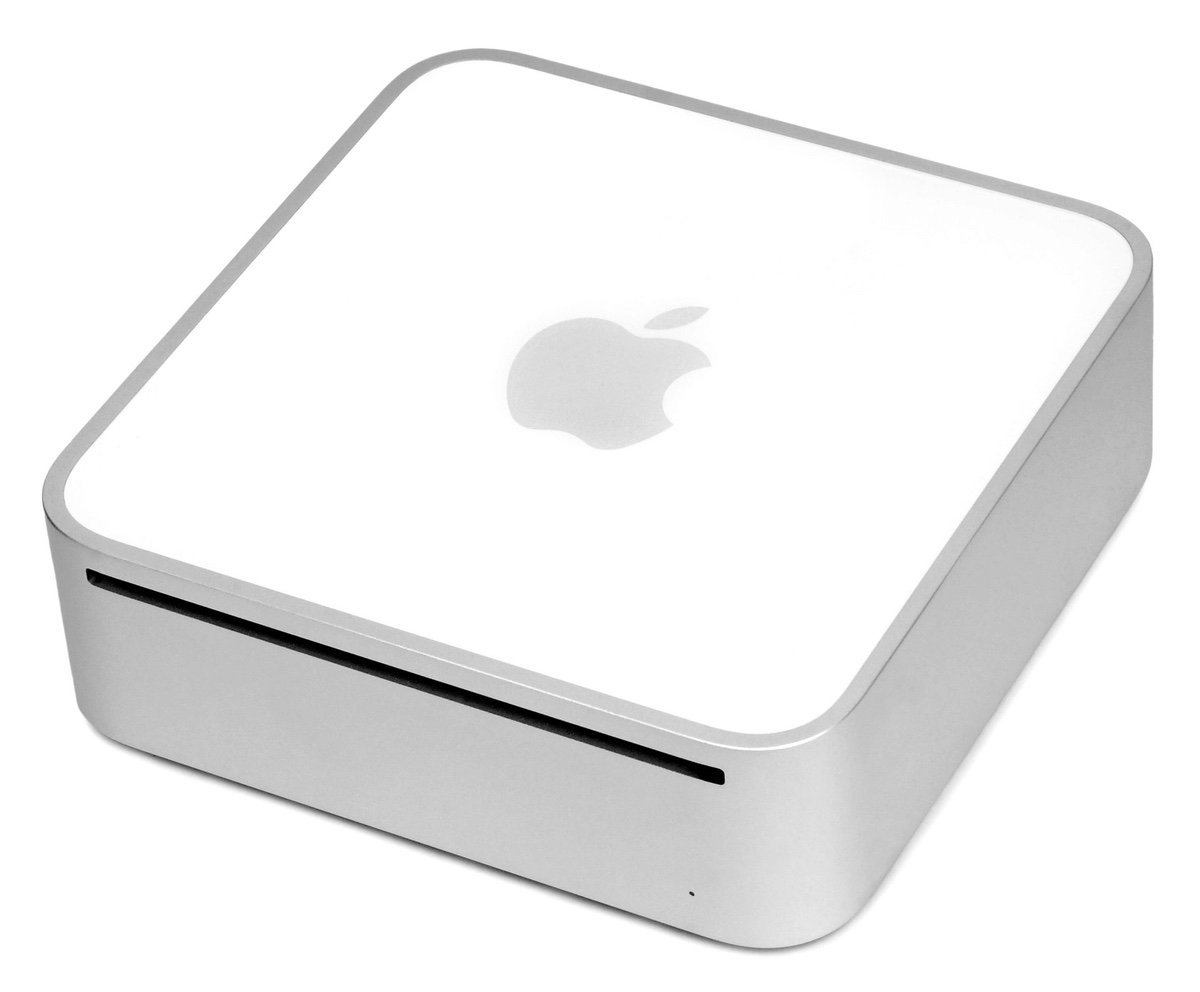
Apple computers have always been more expensive than many of the standard PCs available. In January 2005, in order to compete at the lower end of the market, Apple released their least expensive computer ever: the Mac mini, which started at $499. Advertised as BYOKM – bring your own keyboard and mouse – all you got was the diminutive computer.
The Mac mini was also designed to get Windows users to switch to the Mac. Apple started its “Switch” campaign in 2002 — see Apple’s Switch page on the Wayback Machine — and with the Mac mini, PC users could plug in their existing peripherals and try out the Mac. As part of the switcher campaign, Apple ran some iconic ads featuring users who explained why they switched; one ad even has its own fan site.
The Mac mini was one of the first Macs that Apple transitioned to both Intel processors in 2006 as well as Apple silicon in 2020 (see below). It remains a versatile Mac that can be used on a desktop or as a headless server. Eighteen years after the first model, today’s Mac mini still looks a lot like the original. Starting at $599, it’s still Apple’s least expensive Mac.
Intel processors — January 2006

In June 2005, at Apple’s Worldwide Developer Conference, Steve Jobs announced Apple’s transition from PowerPC processors to Intel processors. Since the PowerPC had reached a bottleneck, Apple needed to think ahead and not be limited by a stagnating technology.
In January 2006, the first Intel-based Macs were released. Announced at the Macworld Expo, Steve Jobs welcomed Intel CEO Paul Otellini, and Apple presented an Intel-based iMac and a 15″ MacBook Pro running the new processors.
The transition to Intel processors was complete in less than two years, and the Rosetta emulation framework was available in Mac OS X so users could run apps written for PowerPC processors. Rosetta was removed in OS X 10.7 Lion, five years after the first Intel Mac.
MacBook Air — January 2008
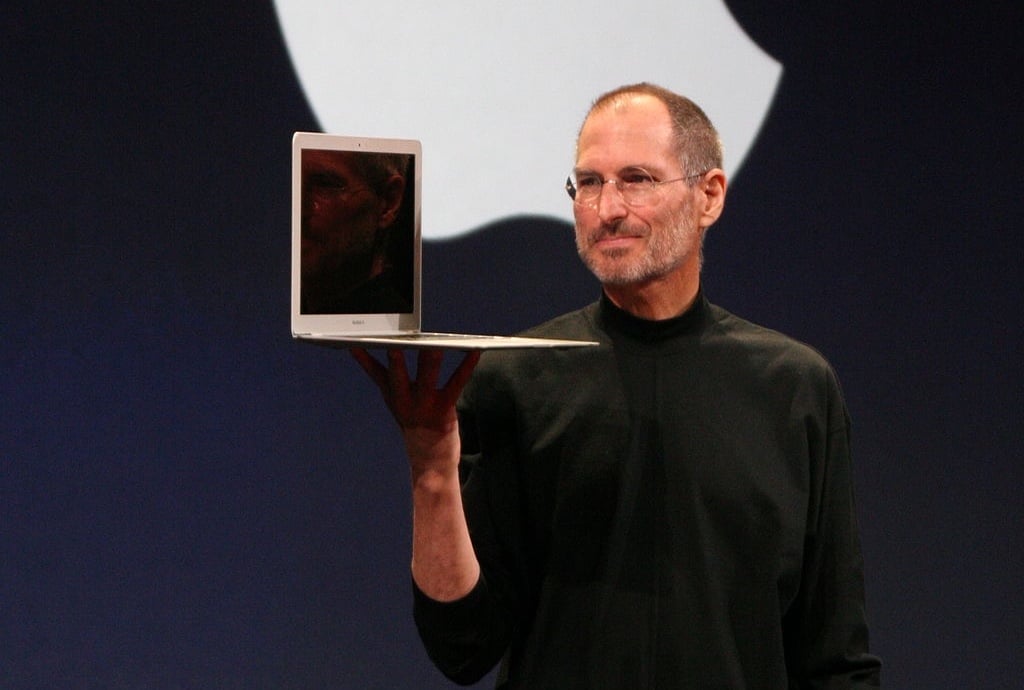
In 2007, laptop sales were catching up to desktop computer sales, and would overtake them in 2009. From the first Macintosh Portable to the PowerBook and iBook, and various MacBook models, Apple had long been at the forefront of innovation in portable computing.
In January 2008, Steve Jobs introduced the MacBook Air, the thinnest, lightest computer the company had ever made. There were smaller portable computers available — remember netbooks? — but they were tiny, had poor displays, and were underpowered. Steve Jobs famously pulled the MacBook Air out of a manila envelope, showing just how thin it was.
The first 13“ model weighed 3.0 lb. or 1.36 kg; the current 13” M2 MacBook Air weighs 2.7 lb. or 1.24 kg. It’s hard to get the weight down much lower, but this is still one of the lightest full-sized laptops available.
It’s worth noting that the original MacBook Air was the first Mac to offer an SSD as an option; it had only one USB port; and it offered a MagSafe Power Adaptor, which had been available on a few other Apple laptops.
Apple silicon — November 2020
![]()
Since 2008, Apple’s advancements in the Mac have been mostly iterative, not innovative. The biggest change in recent years has been Apple’s decision to manufacture their own chips for their computers. Following on their experience of building SoC (systems on a chip) for the iPhone and iPad, Apple released the M-series of processors for Mac in late 2020. Similar to the Intel translation transition some years ago, Apple announced that they would move all their Macs to their new M1 or later processors in two years, though it took close to three years.
Apple silicon offers high performance with low power consumption, making the battery life of laptops much longer than previously. In addition, Apple now controls all of the main elements within their computers. Designing their own processor means that they can build software expressly for that processor, and build the processor for the kind of software that they want to make available.
With Apple now selling Macs with the powerful M2 and M3 processor families, the company has made a huge amount of progress since the first Macintosh computer 40 years ago. The future looks bright for the Mac.
Mac changed everything when it was introduced 40 years ago, and through the years it has done so again and again and again. Today’s Mac lineup is the best in the history of the personal computer, and it’s built on decades of revolutionary innovation. Happy birthday Mac! pic.twitter.com/px6QII8rX0
— Tim Cook (@tim_cook) January 24, 2024
While it’s unlikely that we’ll see a completely new form factor for a computer anytime soon, Apple’s AR/VR Vision Pro is an attempt to develop a new approach to computing. Will it someday replace the Mac?
How can I learn more?
 Each week on the Intego Mac Podcast, Intego’s Mac security experts discuss the latest Apple news, including security and privacy stories, and offer practical advice on getting the most out of your Apple devices. Be sure to follow the podcast to make sure you don’t miss any episodes.
Each week on the Intego Mac Podcast, Intego’s Mac security experts discuss the latest Apple news, including security and privacy stories, and offer practical advice on getting the most out of your Apple devices. Be sure to follow the podcast to make sure you don’t miss any episodes.
You can also subscribe to our e-mail newsletter and keep an eye here on The Mac Security Blog for the latest Apple security and privacy news. And don’t forget to follow Intego on your favorite social media channels: ![]()
![]()
![]()
![]()
![]()
![]()
![]()
About Kirk McElhearn
Kirk McElhearn writes about Apple products and more on his blog Kirkville.
He is co-host of the Intego Mac Podcast, as well as several other podcasts, and is a regular contributor to The Mac Security Blog, TidBITS, and several other websites and publications.
Kirk has written more than two dozen books, including Take Control books about Apple’s media apps, Scrivener, and LaunchBar.
Follow him on Twitter at @mcelhearn.
View all posts by Kirk McElhearn →
